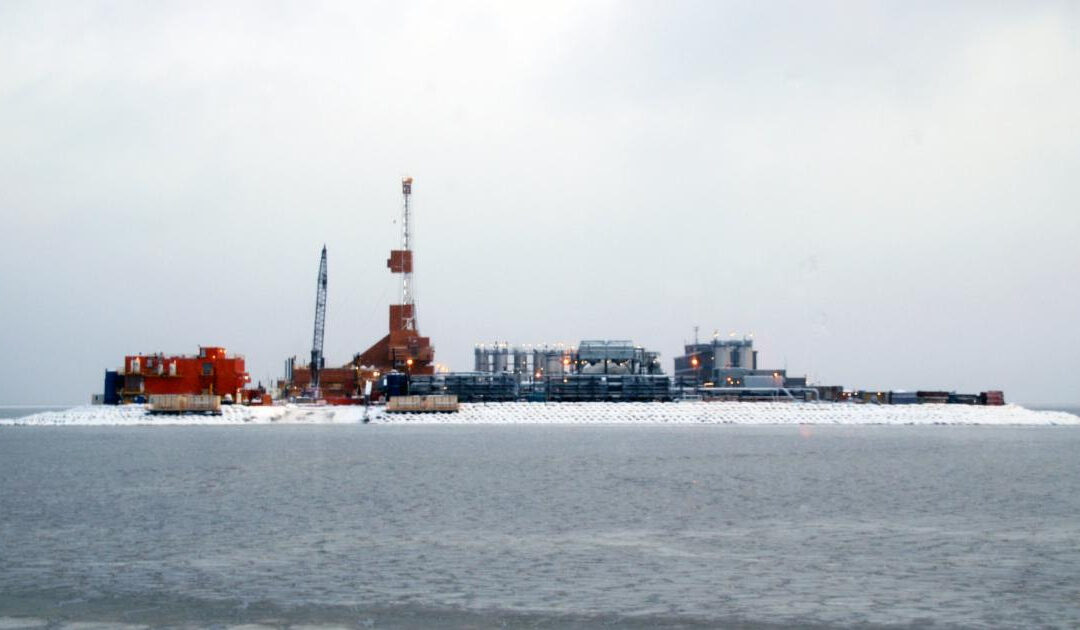Image Caption: heading 5, italicized
Author
The Biden administration has announced a variety of projects that both support and are at odds with conservation and responding to climate change. The recent announcement regarding the protection of two new National Monuments was delivered shortly after news of the approval of the Willow drilling project in Alaska. While combating climate change and land development can sometimes seem like an exercise in futility, all is not lost. Despite the major setbacks presented by the Willow Project and other global development trends, the CCP is at the forefront of efforts to combat climate change and the attitudes that undermine progress.
The recent approved drilling for the Willow Project in the national petroleum reserve in Alaska would extract about 500 million barrels of petroleum and release emissions equivalent to about 70 new coal-fired power plants operating in a single year. Impacts on the environment would be substantial from roads, pipelines and gravel supporting the immediate drilling pads.
Looking at a global scale, the challenges and costs of successfully countering trends in climate change may seem to be beyond the capacity of individuals as well as state and local governments. The federal government can make great strides in getting land protected, but also allows development of other lands by those that wish to exploit them.
What can be done is to anticipate the reality of climate change and build our infrastructure both green and gray to be resilient while doing what we can to reduce greenhouse gas emissions. We highlight the fact that the work to fight climate change can benefit society in other ways, such as improving air quality and enhancing ecosystems and public health. These “co-benefits” may outweigh the costs of near-term emission reduction. While the issue of combating climate change is certainly daunting, CCP partners are taking initiative against the climate crisis right here in the Chesapeake Bay watershed.
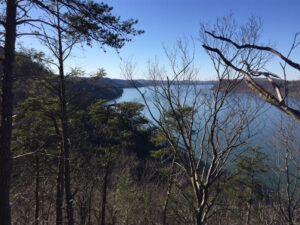 This spring, Lancaster Conservancy will be announcing the purchase of 325 acres of forested land that they will be managing as a nature preserve near a proposed new state park on the Susquehanna River. The 4.5 million dollar acquisition is fully forested with mature trees and will be managed for habitat and to store carbon. According to the Arbor Day Foundation, a mature tree will absorb more than 48 pounds of carbon dioxide from the atmosphere over a year. The more that mature forests are conserved, the more carbon that can be sequestered to offset new emissions. The conservancy is also actively working to conserve another 500 acres of forests directly adjacent to Hellam Hills Nature Preserve to protect with easement. While the CCP is focused on meeting land conservation goals by 2030, we should not forget that reducing greenhouse gasses by 45% from 2010 levels is another goal for 2030. Conserving land not only helps save the Bay, it helps save the planet.
This spring, Lancaster Conservancy will be announcing the purchase of 325 acres of forested land that they will be managing as a nature preserve near a proposed new state park on the Susquehanna River. The 4.5 million dollar acquisition is fully forested with mature trees and will be managed for habitat and to store carbon. According to the Arbor Day Foundation, a mature tree will absorb more than 48 pounds of carbon dioxide from the atmosphere over a year. The more that mature forests are conserved, the more carbon that can be sequestered to offset new emissions. The conservancy is also actively working to conserve another 500 acres of forests directly adjacent to Hellam Hills Nature Preserve to protect with easement. While the CCP is focused on meeting land conservation goals by 2030, we should not forget that reducing greenhouse gasses by 45% from 2010 levels is another goal for 2030. Conserving land not only helps save the Bay, it helps save the planet.
The Piedmont Environmental Council has partnered with Albemarle County in Virginia to analyze the risks and vulnerabilities of climate change within. Their study examines extreme heat, drought, flooding, fire, disease & pestilence and the intersections of all of these hazards. It also views their impacts through the lens of people, the natural environment, the built environment and the economy. The report completes the first two steps of NOAA’s US Climate Resilience Toolkit, Explore Hazards and Assess Vulnerability & Risk. By analyzing the interaction of the people of the county with the effects of climate change, they can inform both adaptation and mitigation strategies for the future.
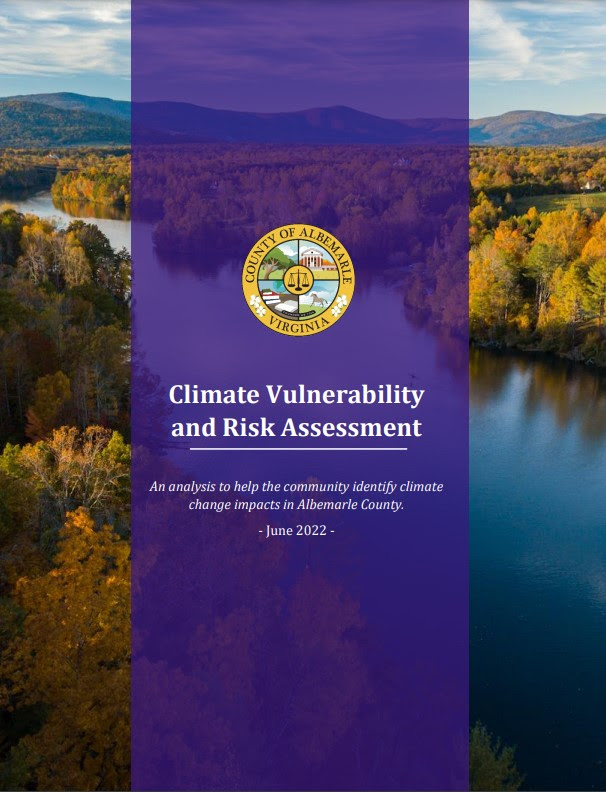
As seen in their 2022 Annual Report, the Virginia delegation of the Chesapeake Bay Commission focused primarily on climate resilience. They championed victories like the creation of the Resilient Virginia Revolving Fund: $25 Million to address flooding and green infrastructure needs. The delegation also contributed to both Virginia’s Flood Protection Master Plan and the Coastal Resilience Master Plan, developing their community outreach to include members of vulnerable communities. Finally, they clarified the designation and role of the chief resilience officer within the Office of the Secretary of Natural and Historic Resources, who will oversee the implementation of both plans.
Together, conservation actions across the watershed big and small can add up to have a serious impact and help us mitigate the effects of our changing climate.
Also in the news along with the Willow Project was the designation of two new National Monuments encompassing approximately 514,000 acres of federal lands: Avi Kwa Ame in Nevada and Castner Range in Texas. The protection of these lands is an important achievement in conservation, but it is important to remember that conserving land is also making strides in the fight against climate change. The protection of land not only allows for the further absorption of greenhouse gasses, but also prevents the emissions and other further negative effects brought by development. According to conservation.org, reversing nature loss could account for roughly 30 percent of global action needed to stabilize our climate.
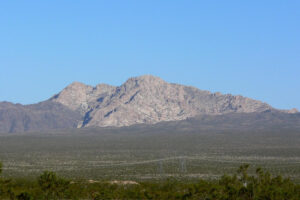 Avi Kwa Ame National Monument will be co-managed by the Bureau of Land Management (BLM), as part of its National Conservation Lands System and the National Park Service as part of the Lake Mead National Recreation Area. Of special note, to ensure that management decisions are informed by indigenous knowledge and tribal expertise, the presidential proclamation for the monument calls for co-stewardship of the area with interested tribes that have historical and spiritual connections to the monument lands.
Avi Kwa Ame National Monument will be co-managed by the Bureau of Land Management (BLM), as part of its National Conservation Lands System and the National Park Service as part of the Lake Mead National Recreation Area. Of special note, to ensure that management decisions are informed by indigenous knowledge and tribal expertise, the presidential proclamation for the monument calls for co-stewardship of the area with interested tribes that have historical and spiritual connections to the monument lands.
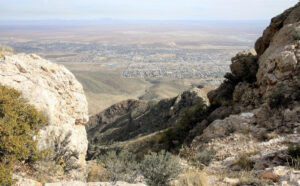 The Castner Range National Monument will be managed by the US Army, as the site was once used for Army training. Following remediation to ensure the area is safe for public access, the site will provide recreational opportunities to the citizens of El Paso, Texas. In addition, the National Monument shares borders with Franklin Mountains State Park and will improve contiguous access for wildlife. Before the U.S. Army used the lands, Castner Range was home to the Apache and Pueblo peoples and the Comanche Nation, the Hopi Tribe and Kiowa Indian Tribe of Oklahoma.
The Castner Range National Monument will be managed by the US Army, as the site was once used for Army training. Following remediation to ensure the area is safe for public access, the site will provide recreational opportunities to the citizens of El Paso, Texas. In addition, the National Monument shares borders with Franklin Mountains State Park and will improve contiguous access for wildlife. Before the U.S. Army used the lands, Castner Range was home to the Apache and Pueblo peoples and the Comanche Nation, the Hopi Tribe and Kiowa Indian Tribe of Oklahoma.
The protection of two new National Monuments is a significant conservation achievement. Large scale landscape conservation across the country combined with the efforts of the CCP in the Chesapeake Bay watershed are fighting the good fight to both mitigate and protect against the current and future impacts of climate change.
Photo Credit:
- Alaskan Oil Drilling: BSEE via creative commons
- Lancaster Acquisition: Lancaster Conservancy
- Climate Risk Assessment: Albemarle County
- Avi Kwa Ame: Stan Shebs via creative commons
- Castner Range: Semat K. Jain via creative commons
Lightning Update is a regular communication of the Chesapeake Conservation Partnership. Any opinions expressed are those of the authors and do not necessarily reflect positions of the Partnership or member organizations.
To share a success story, news, or important event, send your information to:
Support for the Chesapeake Conservation Partnership is provided by:
National Park Service Chesapeake
EPA Chesapeake Bay Program
USDA Forest Service
Pennsylvania Department of Conservation & Natural Resources
Maryland Department of Natural Resources
Virginia Outdoors Foundation
US Fish & Wildlife Service
Chesapeake Conservancy
The Chesapeake Conservation Partnership is co-convened by:




